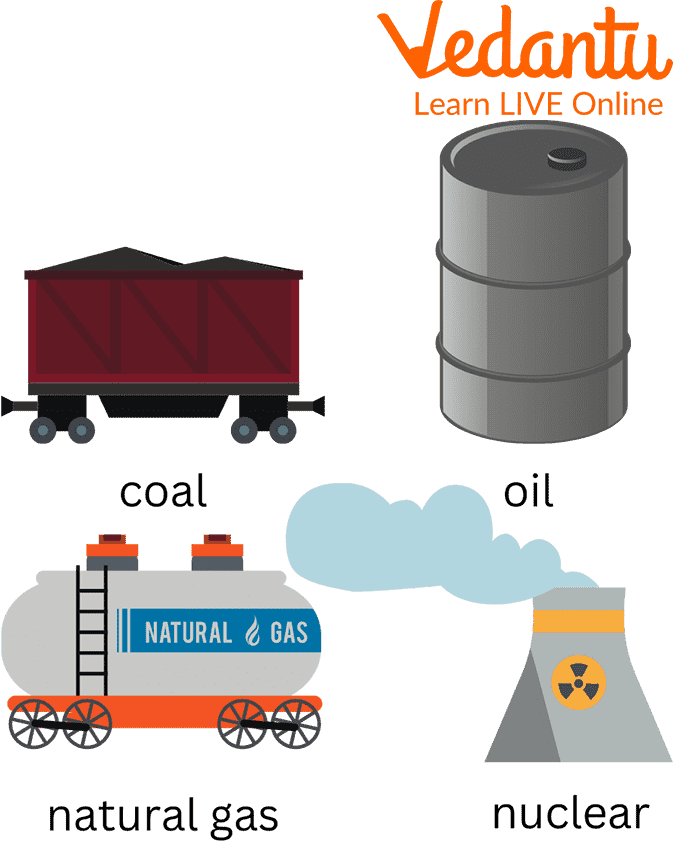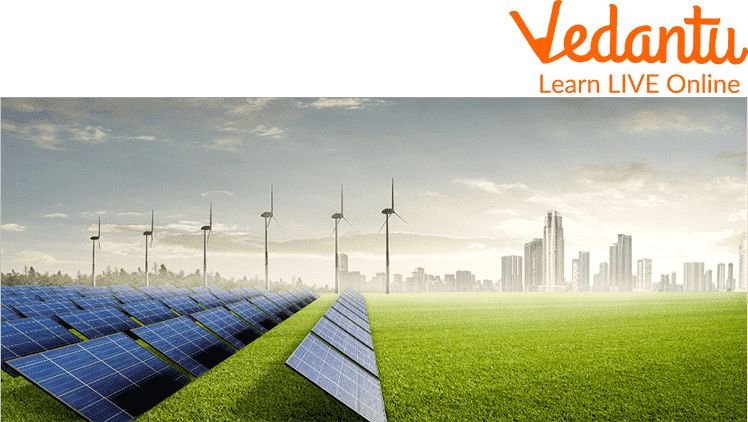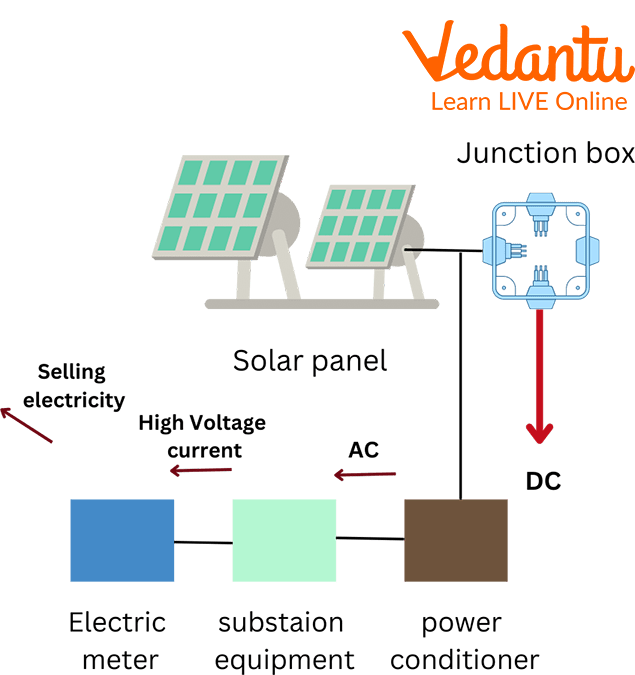




An Overview of Renewable and Nonrenewable Resources
Do you know solar and wind energy belongs to which types of energy, renewable or nonrenewable? Solar and wind energy belong to renewable energy. These are becoming more and more prominent as clean energy. In today's era, renewable energy is replacing nonrenewable energy because of its huge benefits. This article will help you in learning about what are renewable and nonrenewable sources of energy and will also help you to distinguish between renewable and nonrenewable resources. So, let us begin with the topic.
What are Renewable and Non-renewable Energy?
Renewable energy, also known as clean energy, is derived from naturally resuscitated sources or processes while nonrenewable energy, also called dirty energy, is not replenished from time to time. It is present in a limited amount in nature. Prioritising renewable energy can also improve a nation's safety by decreasing its reliance on fossil fuel-rich countries for exports.

Nonrenewable Sources of Energy
What are Renewable and Non-renewable Sources of Energy?
Renewable sources of energy include all those sources that are capable of producing and replenishing energy on their own from time to time without any human involvement. For example, sunlight, water, wind etc. Nonrenewable sources of energy are available in limited quantities in nature. These are commonly present in certain parts of the world while in other parts, these are not available. For example, fossil fuels such as oil, gas, and coal. Some nonrenewable energy sources are capable of harming mother nature.

Renewable Sources of Energy
Facts about Renewable and Nonrenewable Resources
Some facts about renewable and nonrenewable resources of energy are listed below:
Renewable sources of energy do not lead to pollution.
In the year 2021, about 38 per cent of the total electricity generated globally was done using renewable sources of energy.

Electricity Using Solar Energy
Oil, which is a nonrenewable source of energy, is considered the most versatile substance.
Nonrenewable sources of energy are high in energy and are easy to use.
Difference between Renewable and Nonrenewable Resources
The difference between renewable and nonrenewable resources are given below:
Renewable resources get replenished from time to time while nonrenewable sources do not.
Renewable resources do not harm nature while nonrenewable resources do.
Renewable resources do not get depleted with time while nonrenewable gets depleted over time.
Renewable sources of energy require a large land area for their equipment, especially wind and solar energy, while nonrenewable sources do not.

Generating Electricity using Wind
Nonrenewable sources will exhaust one day while renewable sources will not.
Renewable sources of energy emit low carbon content as compared to nonrenewable sources.
Summary
This article covers what are renewable and nonrenewable resources, facts about renewable and nonrenewable resources of energy, and the difference between renewable and nonrenewable resources. Some images are used that are creative and eye-catching to grab children's attention. It makes learning interesting, easier, and long-lasting for students. The above-given information will be useful for the children in safeguarding their future by using renewable sources instead of nonrenewable sources in their daily life. Hope you enjoyed reading this article. Ask your doubts in the comments section.
FAQs on What are Renewable and Nonrenewable Resources?
1. Explain how electricity is obtained using solar energy.
Electricity is generated using solar energy by following the given steps:
Sunlight falls on high-capacity solar plates during the day. The solar plates convert the sunlight into the direct current (DC) which is then sent to an inverter.
The inverter converts the received direct current into the alternating current (AC), which is known as conditioning the power.
When the solar panels produce more electricity than the requirement during the mid-day hours, then the excess electricity is automatically sent to the utility company.
This utility power is provided in case when the demand increases than the production rate and during the night hours.
2. How electricity is generated using the wind and turbine?
Wind turbines use blades to gather the kinetic energy generated by the wind. Wind flows over the blades, causing lift like the wings of aeroplanes, which further helps in turning the blades. These blades are linked to a drive shaft, which manages to turn an electric generator that generates the electricity. In the last 30 years, the demand and generation of electricity using wind energy have increased.
3. Which type of renewable energy is most extensively used nowadays?
Use of renewable energy is growing rapidly nowadays. Among all the present renewable resources of energy, hydropower is used most extensively.









